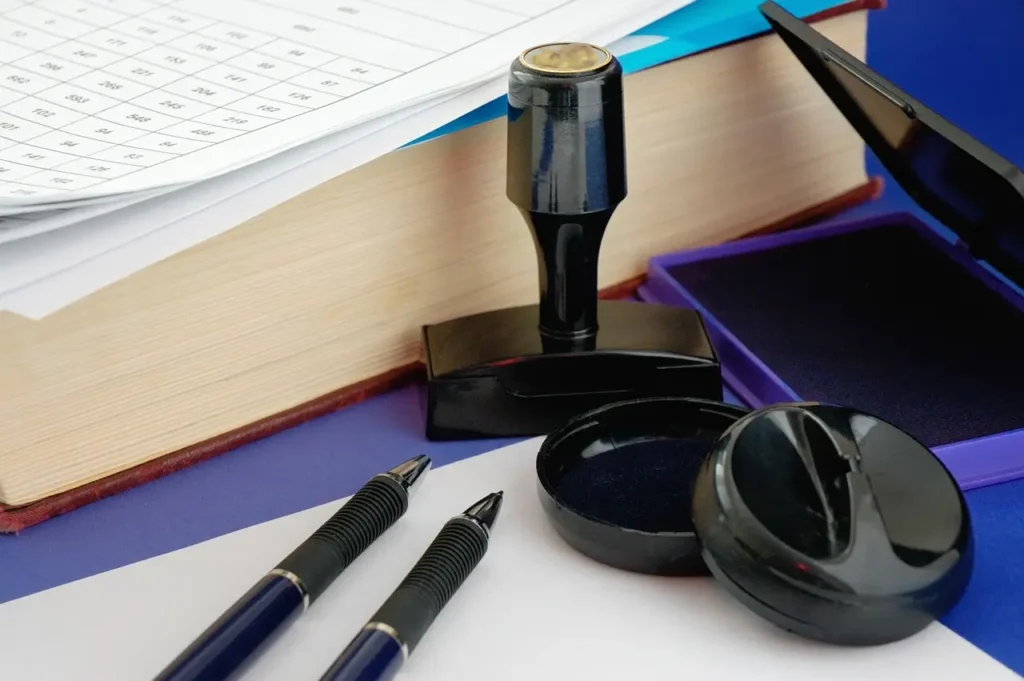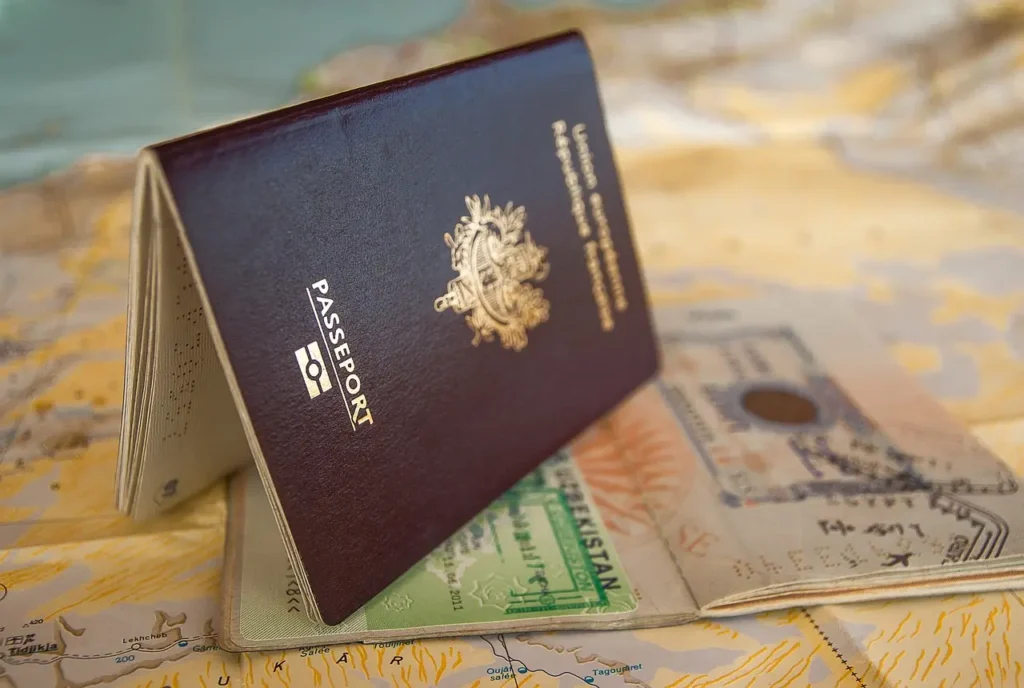Work Permits are your ticket to gaining valuable work experience while studying abroad. Curious about how to navigate the process? This guide breaks it down step-by-step, so you can secure that job and balance your academics with professional growth. Whether you’re aiming for a part-time gig or an internship, we’ve got you covered. Let’s dive in and get you that permit.
Understanding Work Permits
When you’re studying abroad, the idea of earning some extra cash and gaining work experience can be very appealing. Work permits are essential for international students looking to work legally while they study. This guide will walk you through the entire process, making it straightforward and stress-free.
Why Work Permits Matter
Work permits aren’t just about earning money; they are gateways to professional development and networking opportunities. They allow you to immerse yourself in the local job market, understand workplace cultures, and build a resume that stands out.
Types of Work Permits for Students
Different countries offer various types of work permits, each with its own set of rules and restrictions. Common types include on-campus permits, off-campus permits, and post-graduate work permits. Knowing which one fits your situation is the first step to applying successfully.
Eligibility Criteria
Before diving into the application process, it’s crucial to understand if you’re eligible for a work permit. Generally, you need to be a full-time student with a valid study visa. Some countries might require you to complete a certain number of study hours before applying.
Application Process
Step 1: Gather Necessary Documents
The first step is to collect all the required documents. Typically, you’ll need:
- A valid passport
- Study visa
- Proof of enrollment
- Financial statements
- Job offer letter (if applicable)
Step 2: Complete the Application Form
Next, you’ll need to fill out the work permit application form. This can usually be done online. Make sure to double-check all your details to avoid any delays.
Step 3: Submit Your Application
Once your form is completed, submit it along with the required documents. Depending on the country, you might need to visit an immigration office or submit your application online.
Step 4: Pay the Application Fee
Most applications require a fee. Ensure you know the amount and the acceptable payment methods. Keep the receipt as proof of payment.
Step 5: Wait for Approval
After submission, there’s a waiting period while your application is reviewed. This can range from a few weeks to a couple of months, so plan accordingly.
Tips for a Successful Application
- Double-Check Everything: Ensure all your documents are up-to-date and correctly filled out.
- Seek Guidance: Use your school’s international student office. They can provide valuable insights and help troubleshoot any issues.
- Stay Informed: Immigration laws can change, so keep yourself updated on any new requirements or processes.
Common Challenges and How to Overcome Them
Delays in Processing
Delays can be frustrating. To mitigate this, apply well in advance and avoid peak application times if possible.
Rejection of Application
If your application is rejected, find out why. Common reasons include incomplete forms or missing documents. Rectify the issue and reapply if possible.
Balancing Work and Study
Once you have your work permit, balancing work and study can be challenging. Prioritize your academics, and communicate openly with your employer about your availability.
Real-Life Example
Take Maria, an international student from Brazil studying in Canada. She wanted to gain work experience and earn extra money, so she applied for an off-campus work permit. By following the steps outlined here, she successfully obtained her permit and landed a part-time job at a local café. This job not only helped her financially but also improved her English and provided her with valuable work experience.
Work Permits After Graduation
After graduation, many countries offer post-graduate work permits. These permits allow you to gain full-time work experience in your field of study. Start the application process early and ensure you meet all eligibility criteria.
Maintaining Your Work Permit Status
Once you have your work permit, it’s essential to maintain your status. This means adhering to the work hours allowed and renewing your permit if needed. Always stay compliant with the rules to avoid any legal issues.
FAQs
Can I Work Without a Work Permit?
No, working without a permit can lead to serious consequences, including deportation.
How Many Hours Can I Work with a Work Permit?
This varies by country. Generally, you can work up to 20 hours per week during the academic term and full-time during breaks.
Can I Apply for a Work Permit Without a Job Offer?
Some permits, like on-campus permits, don’t require a job offer. However, off-campus permits often do.
What Happens if My Work Permit Expires?
You must stop working immediately and either apply for a renewal or leave the country if you’re no longer eligible.
How Long Does the Application Process Take?
Processing times vary but typically range from a few weeks to a couple of months. Check your country’s immigration website for specific timelines.
Can I Extend My Work Permit?
In many cases, yes. Ensure you apply for an extension before your current permit expires.
What if My Application is Denied?
Review the reasons for denial, correct any issues, and reapply if possible. Seek guidance from your school’s international office.
Navigating the world of work permits can seem daunting, but with the right information and preparation, you can successfully obtain the permit you need. This guide provides you with all the essentials to start your journey confidently. Good luck!



